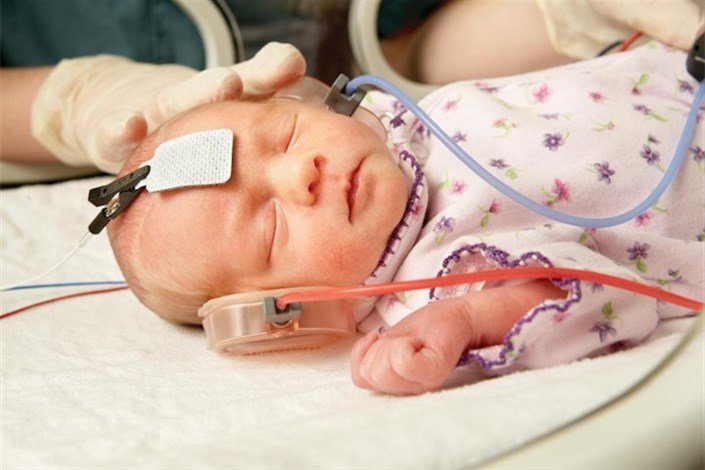3,400 infants diagnosed with hearing impairment in Iran last year

TEHRAN – About 3,400 infants out of one million and 300 newborns in Iran were diagnosed with hearing impairment during the past Iranian calendar year 1396 (March 2017-March 2018), head of the national committee for hearing health said, Fars reported on Saturday.
Mohammad Farhadi added that about 520 thousand hearing impaired citizens are living in Iran and 1,500 infants suffering from profound hearing loss are born in the country annually, he said.
In premature infants, the range of hearing impairment is 20 to 40 percent while the average hearing loss in Iranian full-term infants is 2.7 per 1,000 births, he said.
He said that eleven governmental cochlear implant centers are currently active in Iran.
Over 10,000 Iranians benefit from cochlear implants during past 26 years, he announced.
A cochlear implant is a surgically implanted neuroprosthetic device that provides a sense of sound to a person who suffers severe to profound sensorineural hearing loss.
In July 2018, head of the department of hearing health affiliated with the Ministry of Health Saeed Mahmoudian announced that, and since [the previous Iranian calendar year] 1396 (March 2017-March 2018), out of 1.5 million live births, hearing screening test has been conducted for 1.1 million infants in the health centers and hospitals nationwide.
He said that the Ministry of Health plans to provide a full insurance coverage for infants suffering hearing impairments in current year.
World Hearing Day
On World Hearing Day, which is celebrated on March 3, World Health Organization (WHO) pays attention to the importance of early identification and intervention for hearing loss. Many people live with unidentified hearing loss, often failing to realize that they are missing out on certain sounds and words. Checking one’s hearing would be the first step towards addressing the issue.
The WHO message is “all people should check their hearing from time to time, especially those who are at a higher risk of hearing loss such as adults above 50 years, those working in noisy places, those listening to music at high volumes for long periods of time and those experiencing ear problems”.
The WHO launched a free app on this occasion that allows people to check their hearing.
According to the American Academy of Pediatrics newborn hearing screening can detect possible hearing loss in the first days of an infant’s life. If a possible hearing loss is detected, further tests will be done to confirm the results. When hearing loss is confirmed, treatment and early intervention should start immediately. Early intervention refers to programs and services available to babies and their families that help with hearing loss and learning important communication skills.
Babies learn from the time they are born and one of the ways they learn is through hearing. If they have problems with hearing and do not receive the right treatment and early intervention services, babies will have trouble with speech and language development.
For some babies, early intervention services may include the use of sign language and/or hearing aids. Studies show that hearing-impaired children who receive appropriate early intervention services by age 6 months usually develop good language and learning skills.
Around 466 million people worldwide have disabling hearing loss, and 34 million of these are children, World Health Organization deafness and hearing loss report states. It is estimated that by 2050 over 900 million people will suffer disabling hearing loss.
Hearing loss may be caused by genetic causes, complications at birth, certain infectious diseases, chronic ear infections, the use of particular drugs, exposure to excessive noise, and ageing. However, 60 percent of childhood hearing loss is due to preventable causes.
Unaddressed hearing loss incurs an annual global cost of $750 billion. Interventions to prevent, identify and address hearing loss are cost-effective and can bring great benefit to individuals.
People with hearing loss can benefit from early identification; use of hearing aids, cochlear implants and other assistive devices; captioning and sign language; and other forms of educational and social support.
SB/MG
Leave a Comment